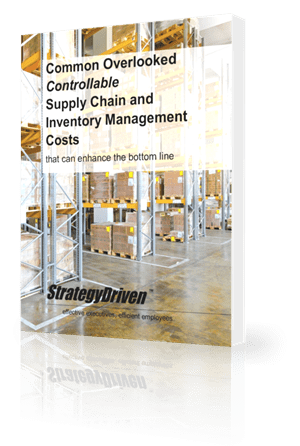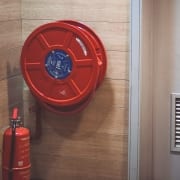A Guide to US Work Visas
Companies hire non-citizen workers for every imaginable position across every industry that supports the United States and its economy. To live in the country while employed by a company, a foreign worker needs an approved document that validates their right to live and work on U.S. soil.
This guide covers the most important basic facts about U.S. work visas. Read on to learn more…
U.S. Work Visas
A visa is essentially a permit that shows that a person who isn’t a born or naturalized citizen has permission to be in the U.S. for work purposes. A worker in this scenario has a country of origin (i.e., their home country where they have citizenship) and a country of work (i.e., the country where they currently live or visit and work). Many workers plan to return to their country of origin at the end of a specific period. Some workers hope to become permanent residents and citizens.
Types of Visas
Many different types of visas exist. The two main categories of these permits are Temporary (Nonimmigrant) Workers and Permanent (Immigrant) Workers.
The Temporary category, for example, has many types of visas (i.e., H-1B, H-1B1, H-2A, H-2B, H-3, L, O, P-1, P-2, P-3 and Q-1). These permits reflect different subcategories of work. Both main categories include workers in agricultural and non-agricultural roles, specialty occupations, professionals part of a free trade agreement, participating as trainees or in special education programs, intracompany transferees, individuals with extraordinary abilities and achievements, athletes and sports entertainers, reciprocal artists and entertainers, specialty and unique artists and entertainers, traders and investors, and cultural exchange workers.
Many unique temporary visas exist as well. Certain types of exchange participants, such as teachers, professors, and summer work travel workers, need a J visa. Foreign media and press workers need an I visa. Workers merely visiting the country to complete a short, business-related task, such as estate planning or settling of affairs, contract negotiation, convention or conference attendance, or transiting through the country, need a B-1 visa.
The Process of Obtaining a Visa
If the U.S. requires a visa for the worker to enter the country, they must apply to the U.S. Department of State. Waivers also exist under special circumstances. Citizens of certain countries, like Canada and Mexico, may enter the country without a visa, as long as they meet specific legal requirements.
The process depends entirely on the intent or reason for entering the country to work (i.e., the main visa category) and the worker’s profession. Before submitting an application to the DOS, many workers must submit a petition to the U.S. Citizenship and Immigration Services from their employer or potential employer. They must also receive permission to enter by U.S. Customs and Border Protection. The U.S. Department of Homeland Security is also involved in the process. A worker might need to file, for example, Form I-765, Application for Employment Authorization, and an Employment Authorization Document, especially if the employment involves an attempt to receive a green card to become a permanent resident. The immigration process can be lengthy depending on which type of visa you are applying for. For example, the estimated time to process an EB2 visa is currently a minimum of 6 months.
Final Considerations
The process for a foreign national to become a temporary or permanent worker in the United States is complex. A worker has the best chance of receiving approval with assistance and guidance from their current or prospective employer and the U.S. Department of State. Foreign workers can find extensive details about this topic on the U.S. Visas page of the Travel.State.Gov website. Workers can also use the State Department’s Visa Wizard to help guide them to the type of visa they need and the steps to complete the process.













Leave a Reply
Want to join the discussion?Feel free to contribute!